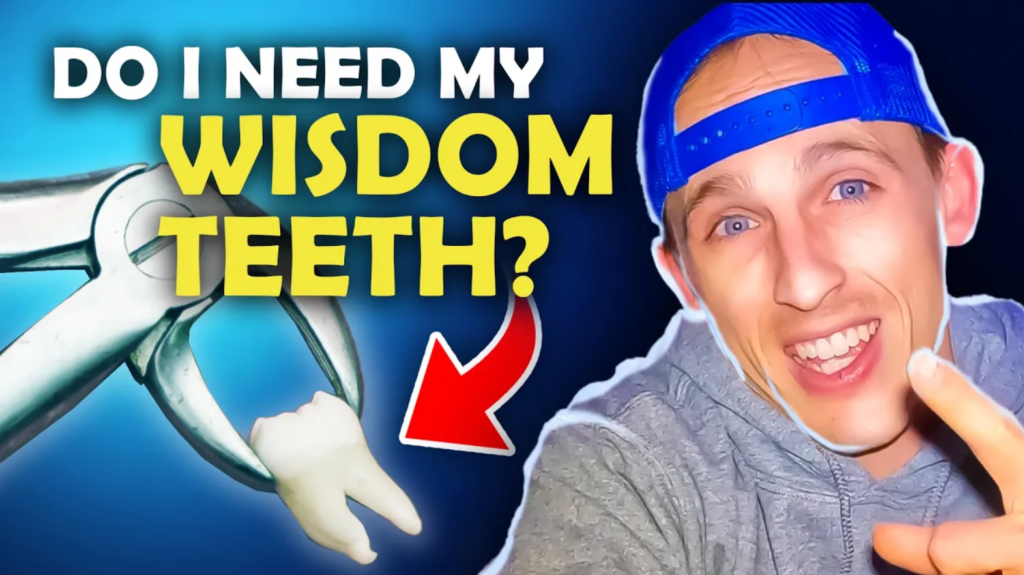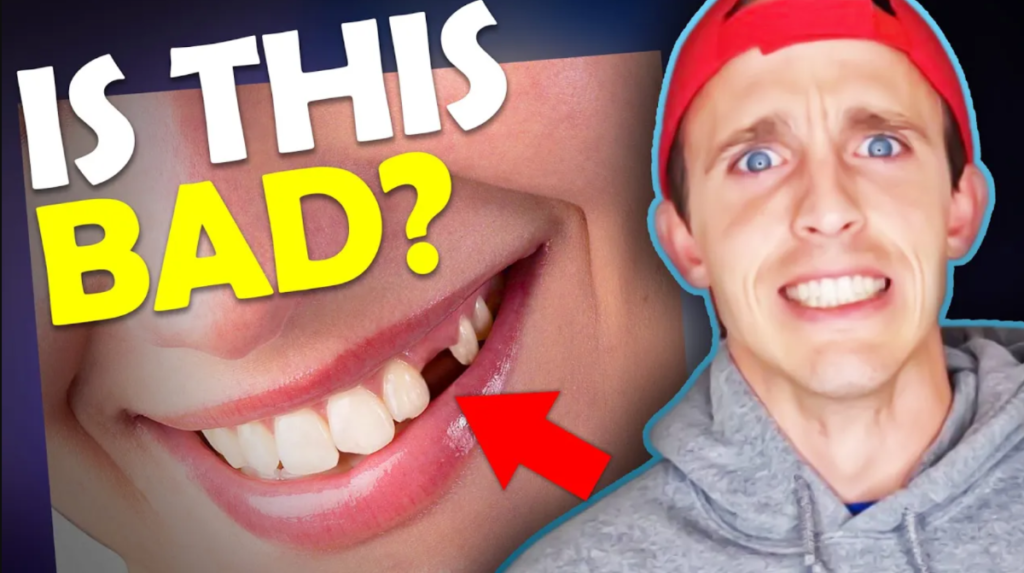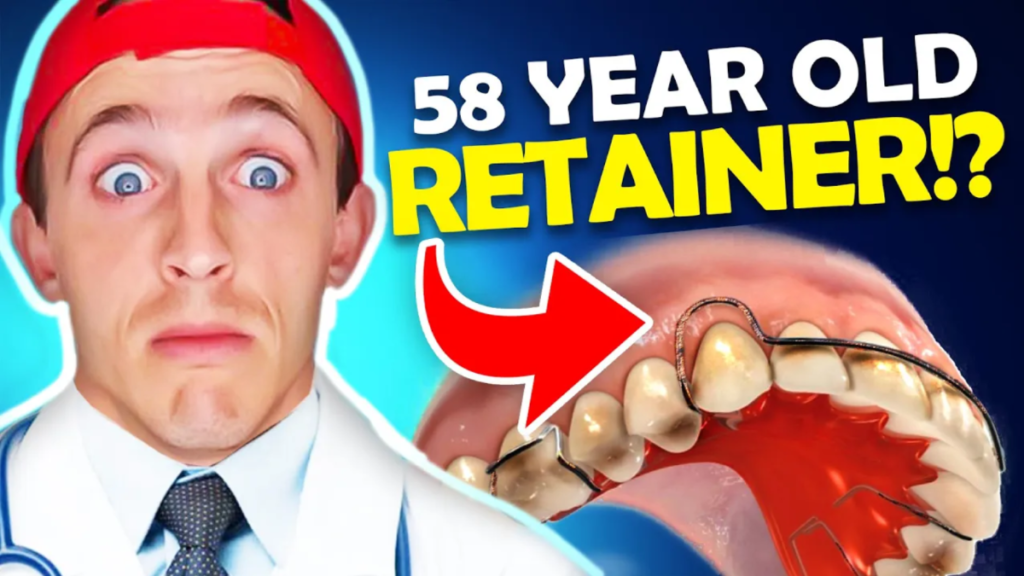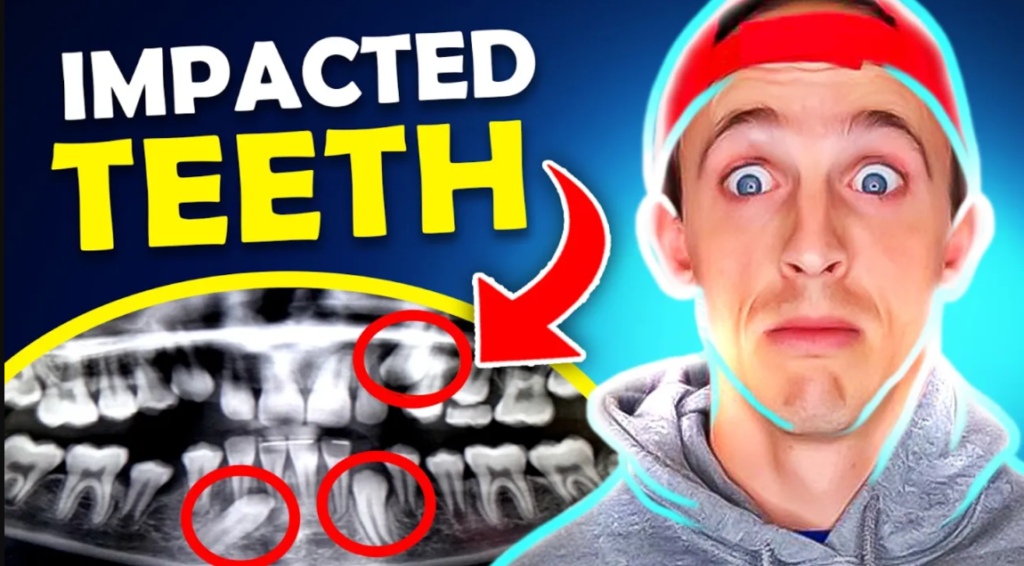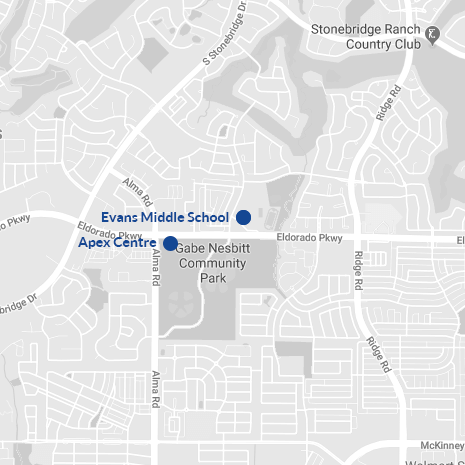Traditional Braces vs Damon Braces - Deciding the Best Fit for Your Smile with Packard Family Orthodontics in McKinney and Anna, Texas
February 7th, 2024
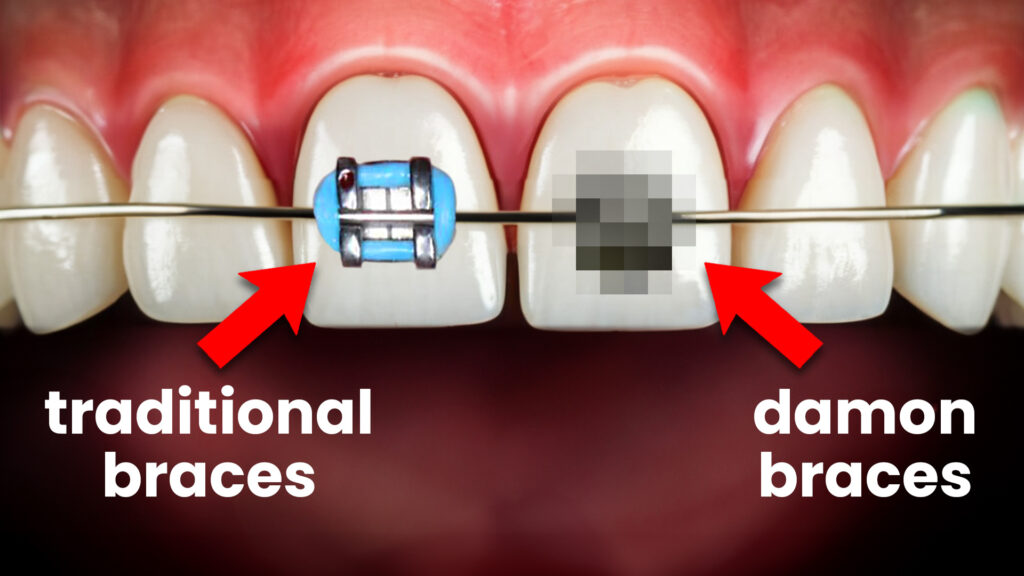
Are you considering braces to transform your smile? It's a big decision, and one that requires careful consideration of the options available to you. At Packard Family Orthodontics, serving McKinney and Anna, Texas, we understand that choosing between traditional braces and Damon braces can be overwhelming. That's why we're here to break down the differences and help you make an informed choice that's best for your dental health and lifestyle.
Understanding Traditional Braces
Traditional braces have been the go-to option for decades, effectively correcting a wide range of dental issues. They consist of metal brackets attached to each tooth, connected by wires and secured with elastic bands. This tried-and-true method gradually shifts your teeth into their desired positions over time.
Advantages of Traditional Braces:
- Proven Track Record: Traditional braces have a long history of success in orthodontic treatment, making them a reliable choice for many patients.
- Cost-Effective: Typically, traditional braces are more affordable than some alternative options, making them accessible to a broader range of individuals.
- Suitable for Complex Cases: They are particularly effective for correcting severe misalignments and bite issues.
The Rise of Damon Braces
In recent years, Damon braces have gained popularity as a modern alternative to traditional braces. This self-ligating system eliminates the need for elastic bands by using specialized brackets that hold the wires in place. This design allows for smoother, more comfortable movement of the teeth throughout the treatment process.
Advantages of Damon Braces:
- Faster Treatment Time: Damon braces often result in shorter overall treatment times compared to traditional braces, thanks to their innovative self-ligating technology.
- Fewer Adjustments Needed: Since there are no elastic bands to replace, patients with Damon braces typically require fewer visits to the orthodontist for adjustments.
- Improved Comfort: The absence of elastic bands and smaller brackets can lead to a more comfortable orthodontic experience for some patients.
Making the Right Choice for You
So, which option is better for you – traditional braces or Damon braces? Ultimately, the answer depends on your unique dental needs, lifestyle, and preferences. During your initial consultation with your orthodontist, they will conduct a thorough examination and discuss your treatment goals to help determine the most suitable orthodontic approach for you.
Bottom Line
Don't let the decision between traditional braces and Damon braces overwhelm you. With the expertise and personalized care of Packard Family Orthodontics, you can confidently embark on your journey to a brighter, more confident smile. Book your consultation with Dr. Packard here!



